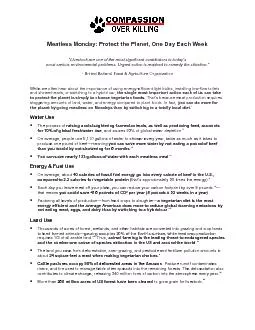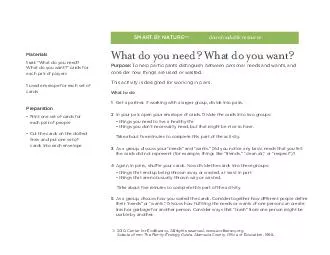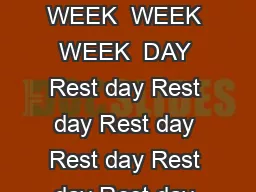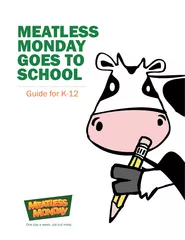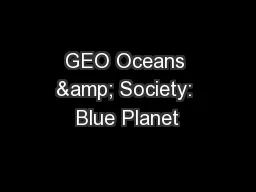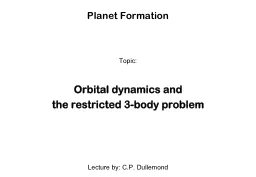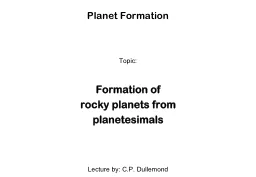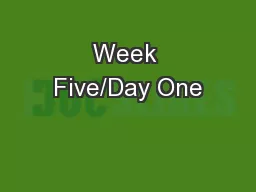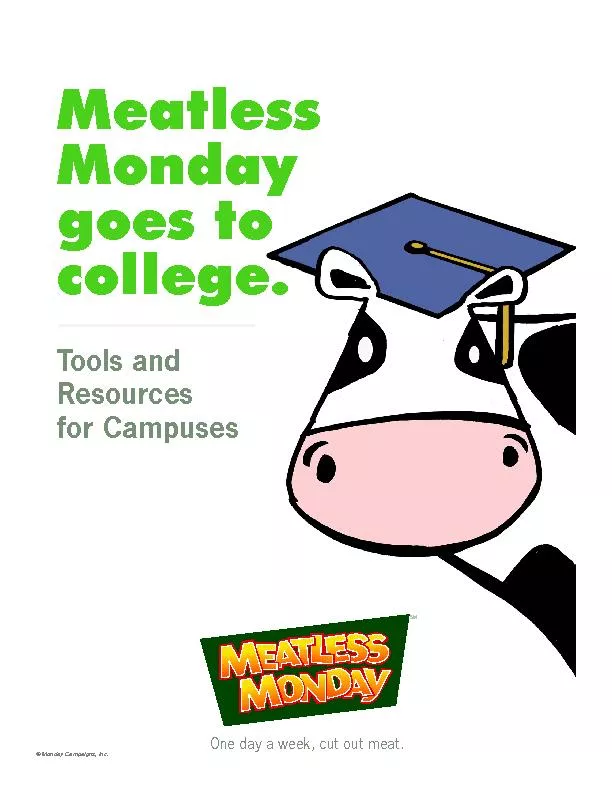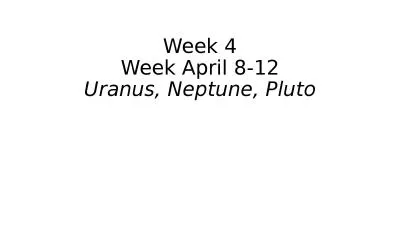PDF-Meatless Monday: Protect the Planet, One Day Each Week
Author : conchita-marotz | Published Date : 2015-09-02
x201CLivestock are one of the most significant contributors to todayx2019s most serious environmental problems Urgent action is required to remedy the situationx201D
Presentation Embed Code
Download Presentation
Download Presentation The PPT/PDF document "Meatless Monday: Protect the Planet, One..." is the property of its rightful owner. Permission is granted to download and print the materials on this website for personal, non-commercial use only, and to display it on your personal computer provided you do not modify the materials and that you retain all copyright notices contained in the materials. By downloading content from our website, you accept the terms of this agreement.
Meatless Monday: Protect the Planet, One Day Each Week: Transcript
Download Rules Of Document
"Meatless Monday: Protect the Planet, One Day Each Week"The content belongs to its owner. You may download and print it for personal use, without modification, and keep all copyright notices. By downloading, you agree to these terms.
Related Documents

